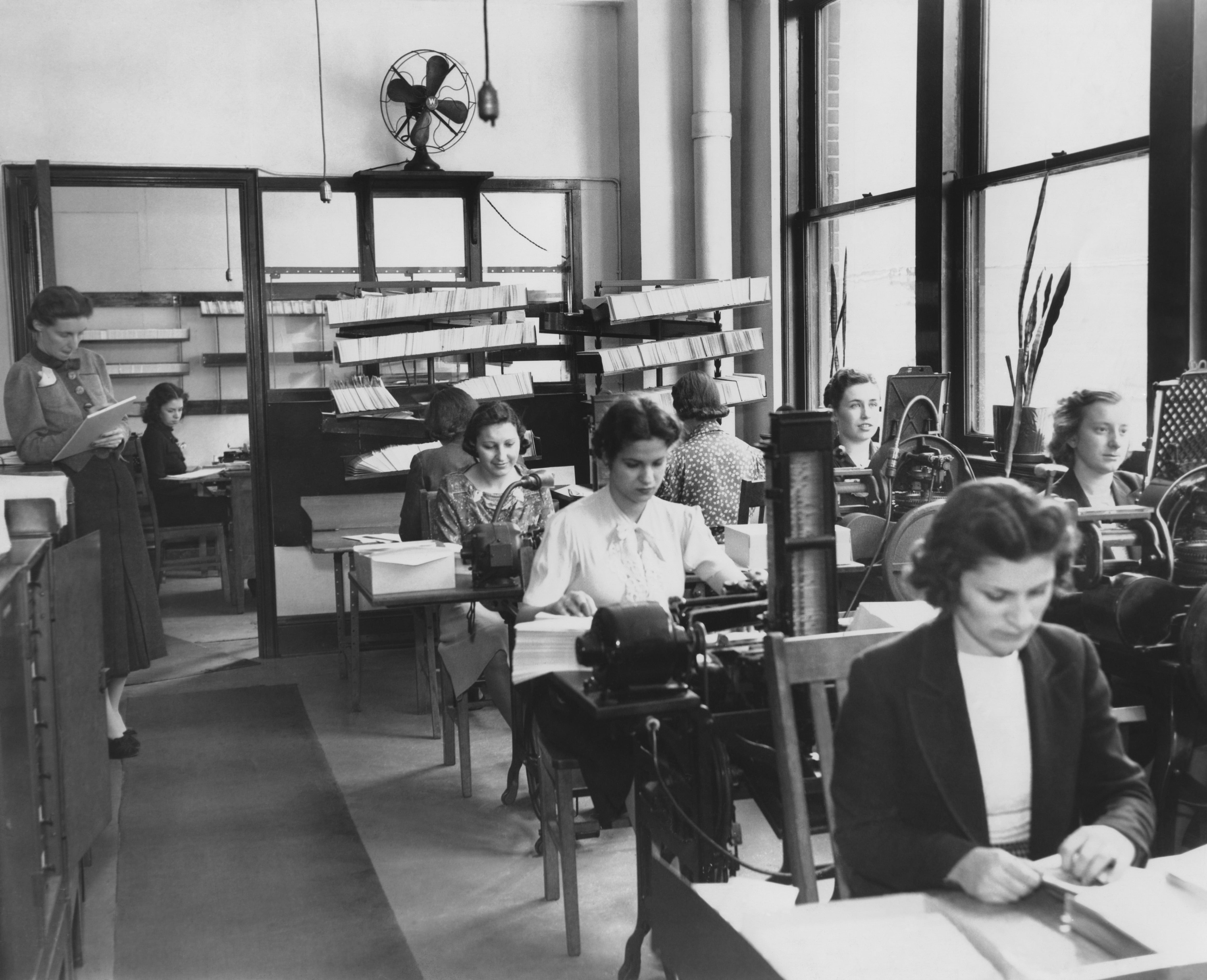Public schools in the 1900’s prepared students to be successful workers – predominantly factory workers. Factory workers worked in lines or rows. We are no longer preparing students to work in factories. We need to move beyond rows, compliance and passive learning. Today’s “real world” is a world of technology, collaboration, innovation, need to question and take initiative and problem solve.
What does an inclusive, differentiated classroom look like?
You’ll see:
Ongoing, immediate assessment, flexible grouping, chunked lesson plans, movement strategies, collaboration and teamwork, and a variety of research-based strategies. You’ll hear higher order thinking and songs, rhymes and chants as mnemonic devices.
You’ll see:
Really Terrific Instruction!
RTI

We also offer a Professional Development Kit, for all teachers, with a Graduate Credit Option!
Bring Susan to your campus!
Featured seminar – Differentiation Strategies to Reach ALL Learners in the Inclusive Classroom


